Growth in Renewable Energy Sector
The Tin Solder Market is benefiting from the rapid expansion of the renewable energy sector. As the world increasingly shifts towards sustainable energy sources, the demand for solar panels and wind turbines is on the rise. Tin solder plays a crucial role in the manufacturing of photovoltaic cells and other renewable energy components. The Tin Solder alone is projected to grow at a compound annual growth rate of over 20 percent through 2025. This growth is expected to create substantial opportunities for tin solder manufacturers, as they cater to the needs of this burgeoning industry.
Increasing Electronics Production
The Tin Solder Market is experiencing a notable surge due to the increasing production of electronic devices. As consumer demand for smartphones, tablets, and other electronic gadgets rises, manufacturers are ramping up their output. This trend is reflected in the projected growth of the electronics sector, which is expected to reach a valuation of over 1 trillion dollars by 2025. Consequently, the demand for tin solder, a critical component in electronic assembly, is likely to escalate. The need for reliable soldering solutions in the production of circuit boards and other electronic components further underscores the importance of tin solder in this expanding market.
Advancements in Soldering Technology
The Tin Solder Market is witnessing significant advancements in soldering technology, which are enhancing the efficiency and effectiveness of soldering processes. Innovations such as selective soldering and automated soldering systems are becoming increasingly prevalent. These technologies not only improve production speed but also reduce material waste, thereby optimizing the use of tin solder. As manufacturers seek to improve their operational efficiency, the adoption of these advanced soldering techniques is likely to drive demand for high-quality tin solder products. This trend indicates a shift towards more sophisticated manufacturing processes within the industry.
Rising Demand from Automotive Sector
The Tin Solder Market is experiencing a surge in demand from the automotive sector, particularly with the rise of electric vehicles (EVs). As automotive manufacturers integrate more electronic components into their vehicles, the need for reliable soldering solutions becomes paramount. The automotive electronics market is projected to grow significantly, with estimates suggesting it could reach over 300 billion dollars by 2025. This growth is likely to drive the demand for tin solder, as it is essential for ensuring the durability and performance of electronic systems in vehicles. The increasing complexity of automotive electronics further emphasizes the critical role of tin solder in this evolving market.
Regulatory Push for Environmental Compliance
The Tin Solder Market is influenced by increasing regulatory pressures aimed at reducing environmental impact. Governments are implementing stricter regulations regarding the use of lead in soldering materials, prompting manufacturers to transition towards lead-free alternatives. This shift is not only a response to environmental concerns but also aligns with consumer preferences for sustainable products. As a result, the market for tin solder, particularly lead-free variants, is expected to grow significantly. The adoption of these regulations is likely to drive innovation in soldering technologies, enhancing the overall quality and performance of tin solder products.


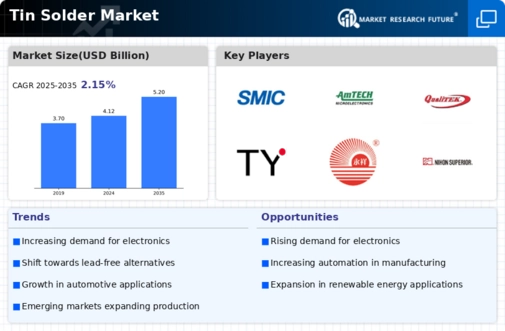
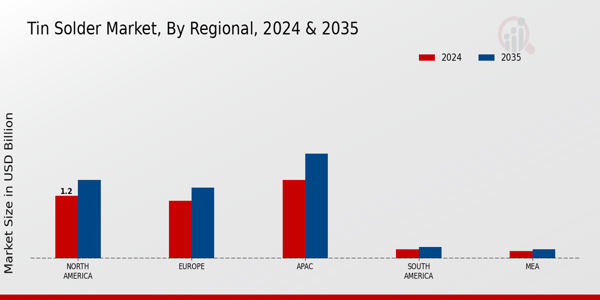
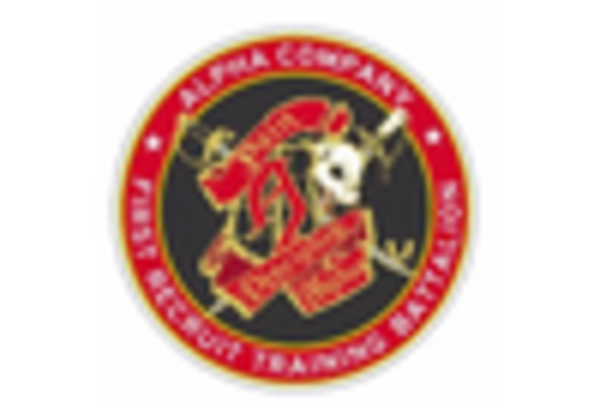
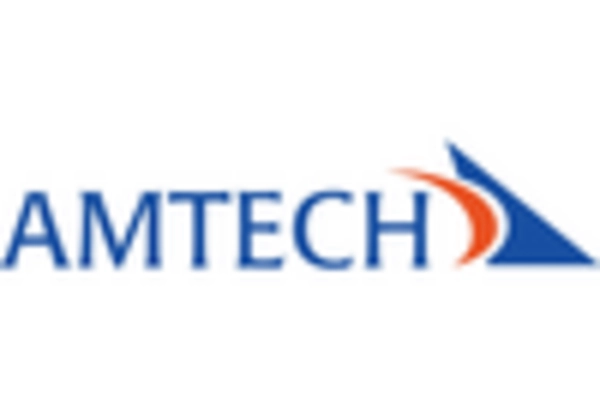
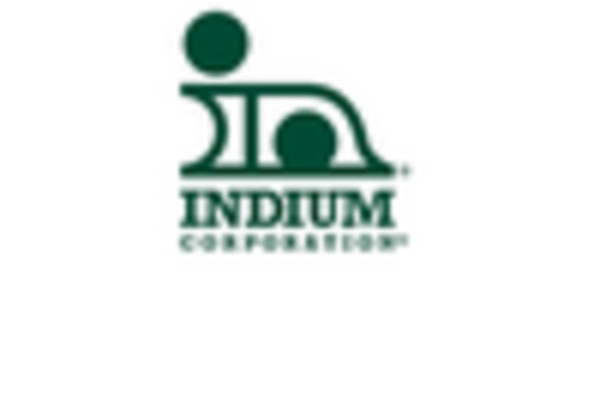
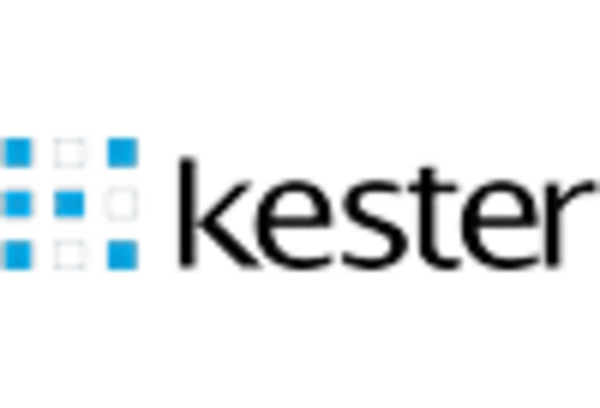
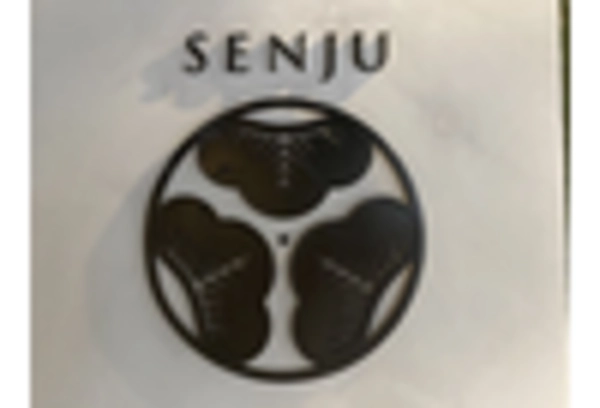
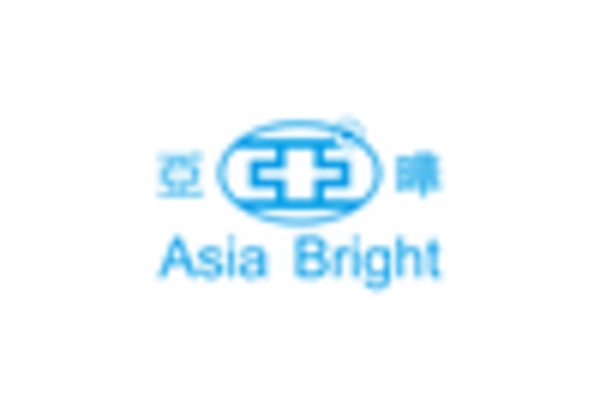








Leave a Comment